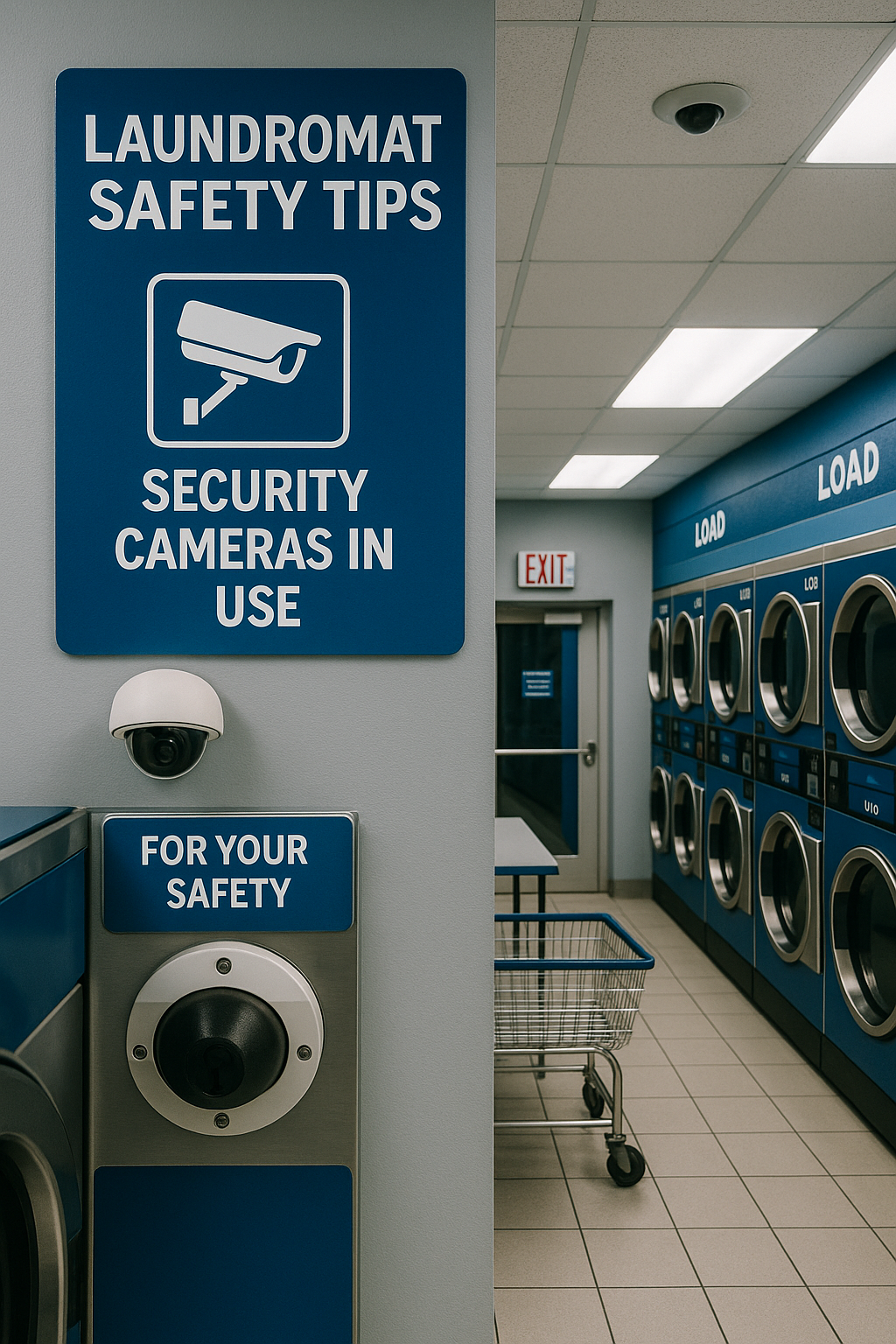Stains are an inevitable part of life, but with the right knowledge and techniques, you can remove almost any stain from any fabric. This comprehensive guide covers the most common household stains and the best methods to treat them.
Essential Stain Removal Principles
Before diving into specific stain treatments, understand these fundamental principles that apply to all stain removal.
Golden Rules of Stain Removal
- • Act quickly - the sooner you treat a stain, the better
- • Blot, don't rub - rubbing spreads the stain
- • Test treatments on hidden areas first
- • Work from outside to inside of the stain
- • Use cold water for protein-based stains
- • Read fabric care labels before treating
Food and Beverage Stains
These are among the most common stains you'll encounter in daily life.
Coffee Stains
Dark brown liquid stains from coffee spills
Treatment:
- 1. Blot excess liquid immediately
- 2. Rinse with cold water
- 3. Apply white vinegar or club soda
- 4. Wash in cold water with enzyme detergent
Prevention:
Use spill-proof travel mugs and be careful when handling hot beverages.
Wine Stains (Red)
Red wine stains that can be particularly stubborn
Treatment:
- 1. Blot excess wine immediately
- 2. Pour white wine or club soda on stain
- 3. Sprinkle salt to absorb liquid
- 4. Rinse with cold water
- 5. Apply enzyme stain remover
Prevention:
Use wine glass charms and be mindful of glass placement.
Tomato Sauce
Red-orange stains from tomato-based products
Treatment:
- 1. Rinse with cold water immediately
- 2. Apply enzyme-based stain remover
- 3. Let sit for 15 minutes
- 4. Wash in warm water with detergent
Prevention:
Wear aprons when cooking and eat carefully.
Body and Personal Care Stains
These stains come from natural body processes and personal care products.
Blood Stains
Red stains from cuts, nosebleeds, or accidents
Treatment:
- 1. Rinse with cold water immediately
- 2. Apply hydrogen peroxide (test first)
- 3. Blot gently with clean cloth
- 4. Wash in cold water with enzyme detergent
Important:
Use cold water only - hot water sets blood stains permanently.
Sweat Stains
Yellow or white stains from perspiration
Treatment:
- 1. Apply white vinegar or lemon juice
- 2. Let sit for 30 minutes
- 3. Wash in warm water with detergent
- 4. Add baking soda to wash cycle
Prevention:
Use antiperspirant and wear breathable fabrics.
Household and Outdoor Stains
These stains come from everyday activities and outdoor adventures.
Grass Stains
Green stains from grass and plant matter
Treatment:
- 1. Apply rubbing alcohol or white vinegar
- 2. Let sit for 10 minutes
- 3. Gently scrub with soft brush
- 4. Wash in warm water with detergent
Prevention:
Wear appropriate clothing for outdoor activities.
Ink Stains
Various colored stains from pens and markers
Treatment:
- 1. Apply rubbing alcohol or hairspray
- 2. Blot gently with clean cloth
- 3. Repeat until stain is removed
- 4. Wash in warm water
Prevention:
Keep pens capped and use protective covers.
Stain Removal Emergency Kit
Keep these items on hand for quick stain treatment.
Essential Items
- • White vinegar
- • Baking soda
- • Hydrogen peroxide
- • Rubbing alcohol
- • Dish soap
- • Club soda
- • Salt
- • Lemon juice
- • Baby oil
- • Makeup remover
- • Enzyme stain remover
- • Clean white cloths
Common Mistakes to Avoid
Avoid these common mistakes that can make stains worse.
Using Hot Water on Protein Stains
Hot water sets protein-based stains like blood, egg, and dairy, making them nearly impossible to remove.
Rubbing Stains Vigorously
Rubbing can push stains deeper into fabric fibers and cause damage to delicate materials.
Mixing Different Cleaning Products
Mixing chemicals can create dangerous reactions and may damage fabrics or cause health hazards.
Conclusion
Successful stain removal is about understanding the nature of the stain, choosing the right treatment, and acting quickly. With the techniques and tips in this guide, you'll be equipped to handle most stains that come your way.
Key Success Factors
- • Speed: Act quickly before stains set
- • Knowledge: Understand what type of stain you're dealing with
- • Patience: Some stains require multiple treatments
- • Preparation: Keep the right supplies on hand
- • Safety: Always test treatments first
